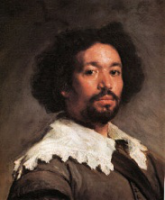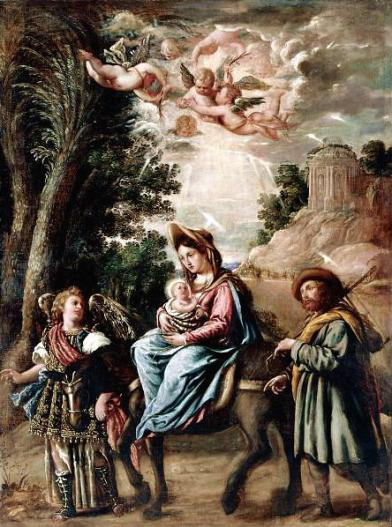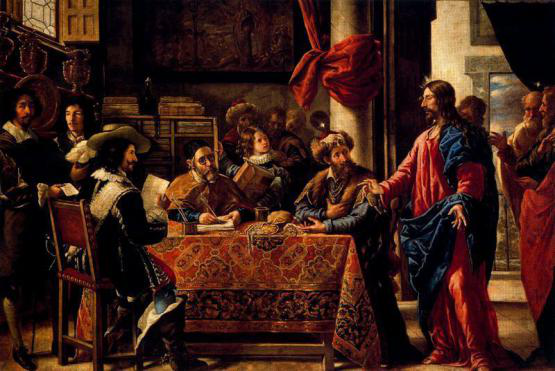Biography
A leading artist of the Spanish school had a very complicated destiny. He was born under confinement. His talent prospered in captivity. He is the one, who was a slave, and now is the most prominent Spanish artist. Let’s find out the based on a true story power of art.
Juan de Pareja was born as a slave in the seventeenth century. By the age of five, the bereaved boy is sheltered in the house of Dona Rodriquez. The master and mistress of the house soon admit a bright mind of their slave and teach him to read and write. Soon boy becomes a personal secretary of the mistress. He could be happy, if not a plague. The city of Seville suffers from the number of deaths, including Juan’s master and mistress.
All the property of Dona Rodriquez among which is Juan de Pareja has been inherited by her nephew, who is none other than Don Diego Velazquez. Juan travels to Madrid with a cruel band of gypsies. He is beaten and forced to beg for food. At the point, he arrives at Velazquez’s house, the boy is barely alive.
Juan gets stronger, completely recovers and becomes a favorite of Velazquez’s wife and daughter. Lately, he is honored to be a personal assistant of the painter. His work includes arranging the palette, mixing colors, and framing the canvases. Consequently, Juan de Pareja learns more and more about drawings, and from now on is simply devoted to the art. However, Spanish policies forbid slaves to engage in the artwork.
The popularity of Velazquez grows. He becomes the official royal painter of King Philip IV. Sometime later, Juan accompanies Velazquez in his trip to Italy, where he secretly tries his hand at paintings. When he reveals his secret, the master reacts by proclaiming Juan de Pareja a free man and offers him a post of his assistant. Juan gets the freedom.
As Juan de Pareja’s biography is clear, let’s research his major paintings and style.
Key Ideas in Painting
Juan’s famous paintings were created according to the Velazquez techniques, however, he had his own style. His works were stylistically complex. The paintings tried to evoke emotional states by appealing to the senses, often in dramatic ways. He used much wider and warmer range of colors than Velazquez in his own eclectic style.
H2: Arts made by Juan de Pareja
The most prominent arts made by Juan de Pareja include – The Flight into Egypt and The Calling of Saint Matthew, which now are located in Museo del Prado in Spain.
The Flight into Egypt
Juan de Pareja’s painting refers to the Biblical story, which describes the escape of the holly family to Egypt. The painting portraits Mary holding the Christ, Joseph and the Angel leading them to safety. The clothes they’re wearing are much modern, then Biblical. The color range differs from the warm to the cold one.
The Calling of Saint Matthew
The Calling of Saint Matthew is created with oil on canvas. The painting depicts Jesus Christ in the tax collector’s office. He invites Matthew to follow him. Matthew is painted with a shining star over his head symbolizing his wise decision, as he decided to join Jesus. Also, Juan de Pareja portrayed himself on this painting. He is an aristocrat holding the document. Colors, accents are intense and saturated. As on the previous work, the design of clothes differs from the Biblical.
Juan de Pareja was the one to get rid of the social disparities. He moved forward, and ahead to follow and achieve his dream. To become a painter.







